The glow of fireflies burns bright each year at the Tiantai Mountain scenic area in Qionglai, southwest China’s Sichuan Province, dotting the night sky with mesmerizing light.
A recent update from local authorities revealed that the spot is about to welcome the peak period of this year’s first wave of fireflies in late April.
 Photo: CFP
Photo: CFP
Photo: CFP
Tiantai Mountain is renowned as one of the world’s eight major firefly viewing spots and the largest of its kind in Asia. It boasts four main characteristics: a rich diversity of species, an abundance of fireflies, an extensive distribution, and prolonged viewing periods.
From April to October each year, about 17 species of fireflies take turns to soar through region from the foot of the mountain at an elevation of 800 meters and the spot at an elevation of about 1,200 meters. The Xiaojiawan “Firefly Valley” in the mountain area is the prime spot for firefly gazing in April. By mid-April, the forest there is adorned with a magnificent display of fireflies, resembling a dazzling galaxy.
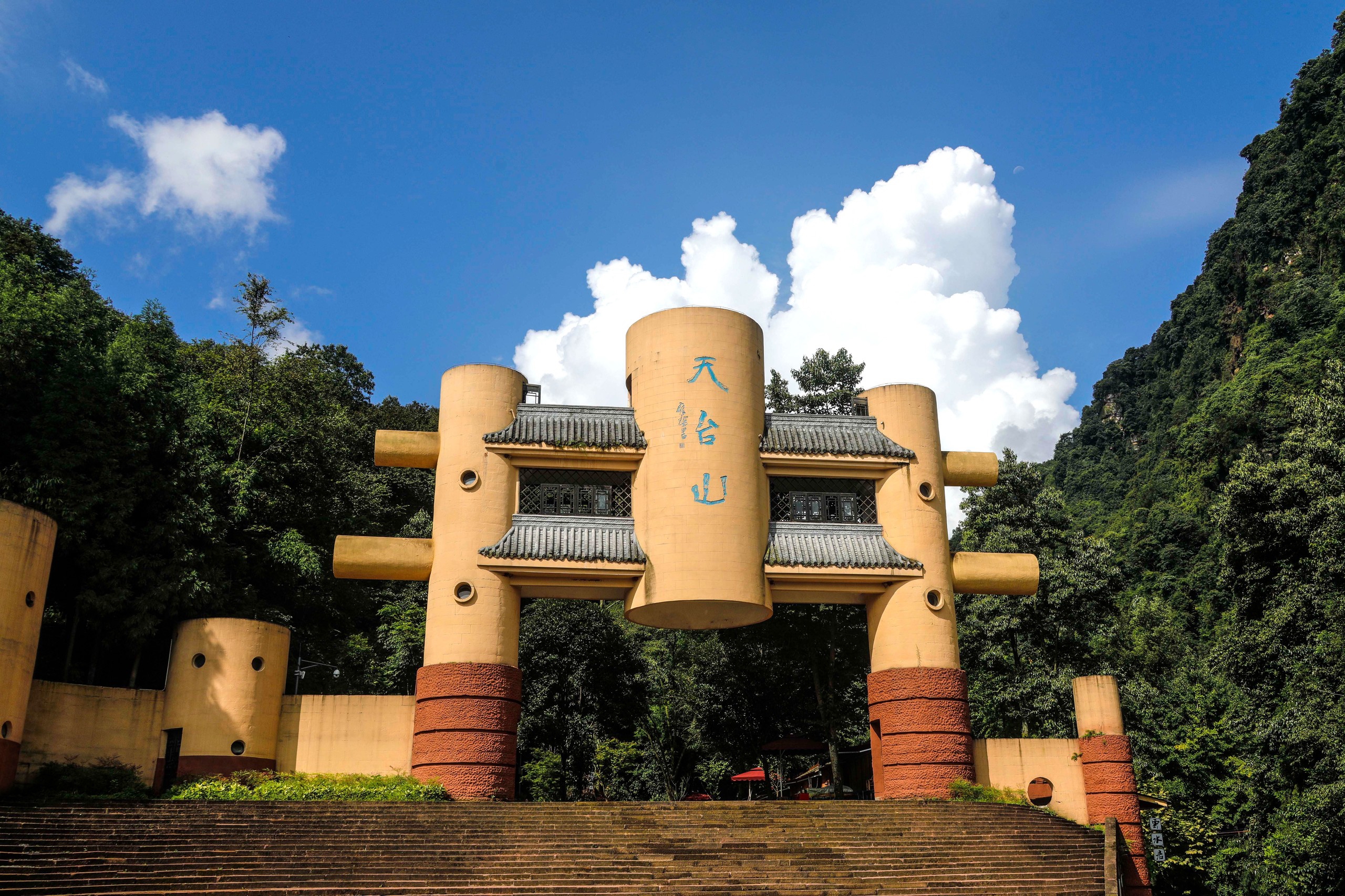 A file photo shows a summer day in Tiantai Mountain scenic area in Qionglai, Sichuan Province. /IC
A file photo shows a summer day in Tiantai Mountain scenic area in Qionglai, Sichuan Province. /IC
A file photo shows a summer day in Tiantai Mountain scenic area in Qionglai, Sichuan Province. /IC
To meet public needs of firefly viewing both during the day and at night, the scenic area has been preparing a firefly micro-museum, which is nearing completion and is expected to open to visitors in mid-to-late May. Inside the museum lies a darkroom meticulously designed to replicate the natural ambiance of a nighttime setting, offering visitors the unique opportunity to witness the enchanting spectacle of fireflies illuminating the night sky.
Adding to the wonder, the museum also houses a nurturing room akin to a nursery. Here, staff cultivate fireflies, providing visitors with the chance to observe the various stages of their lifecycle.
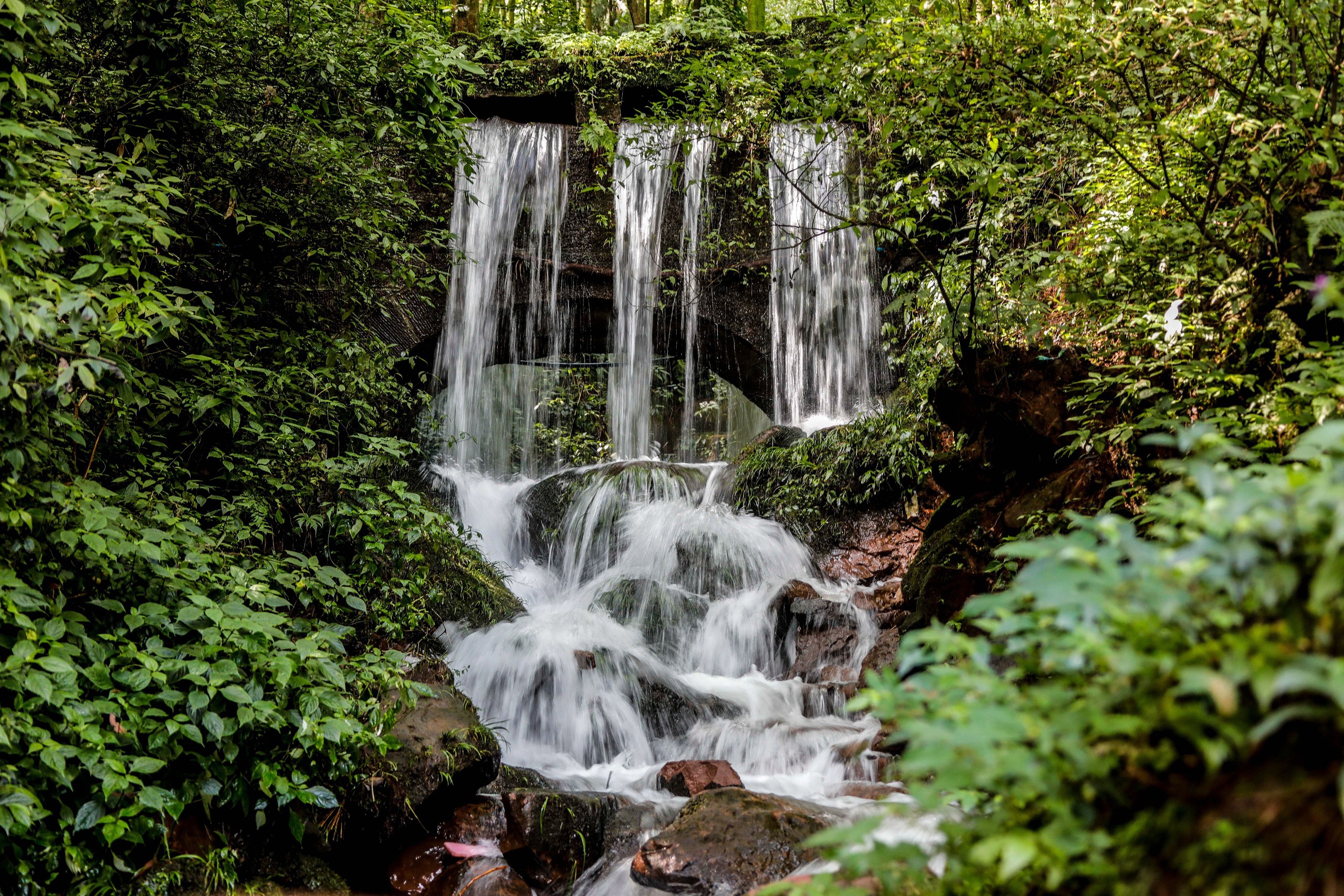 A waterfall in summer is seen in a file photo of Tiantai Mountain scenic area in Qionglai, Sichuan Province. /IC
A waterfall in summer is seen in a file photo of Tiantai Mountain scenic area in Qionglai, Sichuan Province. /IC
A waterfall in summer is seen in a file photo of Tiantai Mountain scenic area in Qionglai, Sichuan Province. /IC
For those who are planning to marvel at the mesmerizing fireflies at the scenic area, it’s advisable to wear long-sleeved shirts and pants to protect yourself from mosquitoes and other insects, and use mosquito repellent sparingly as it can adversely affect the fireflies. In addition, remember to turn off all light sources, not catch the fireflies, embrace the tranquility of the night and refrain from making excessive noise, so as to allow everyone to savor the experience peacefully.



 Miroslav Šuvak (right) founded his craft brewery in 2013. /Nova Runda
Miroslav Šuvak (right) founded his craft brewery in 2013. /Nova Runda  Nova Runda Craft Brewery is one of a handful of Croatian companies exporting to China. /Nova Runda
Nova Runda Craft Brewery is one of a handful of Croatian companies exporting to China. /Nova Runda 
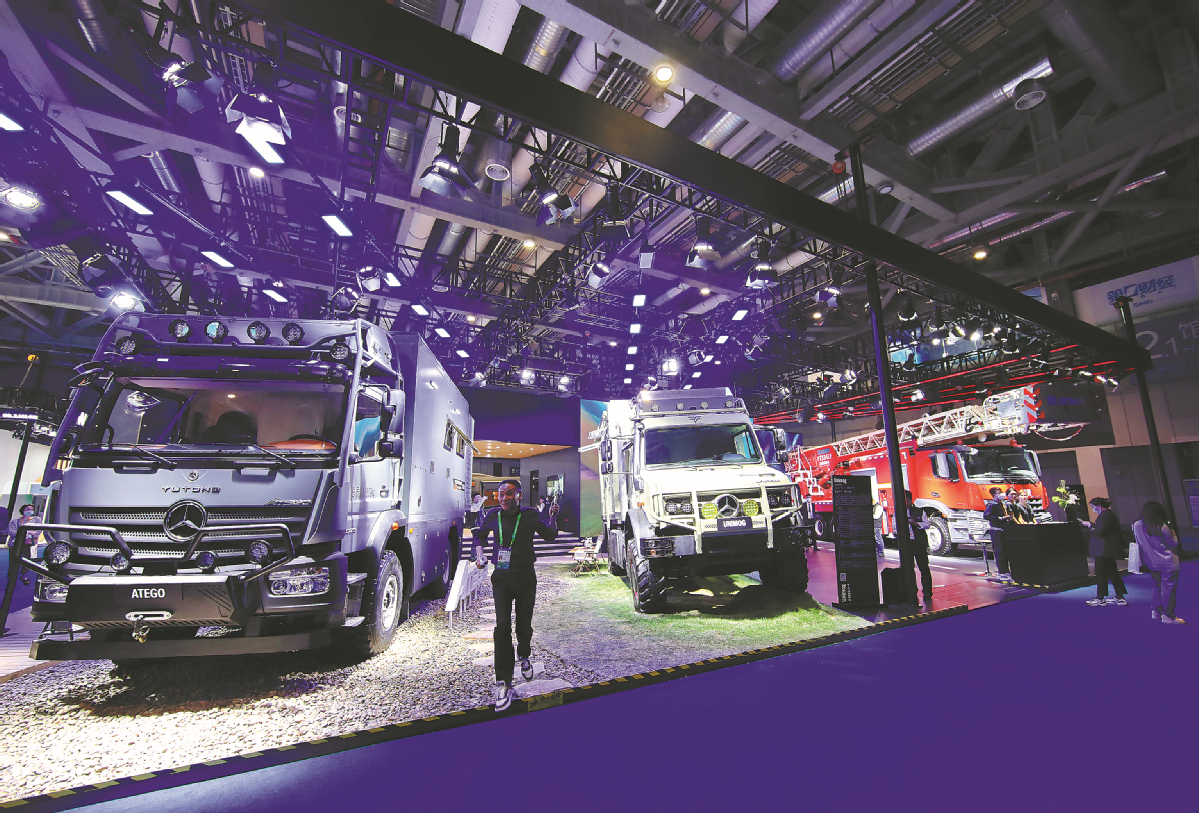
 Daimler trucks are displayed during the 6th China International Import Expo in Shanghai in November. PHOTO/CHINA DAILY
Daimler trucks are displayed during the 6th China International Import Expo in Shanghai in November. PHOTO/CHINA DAILY 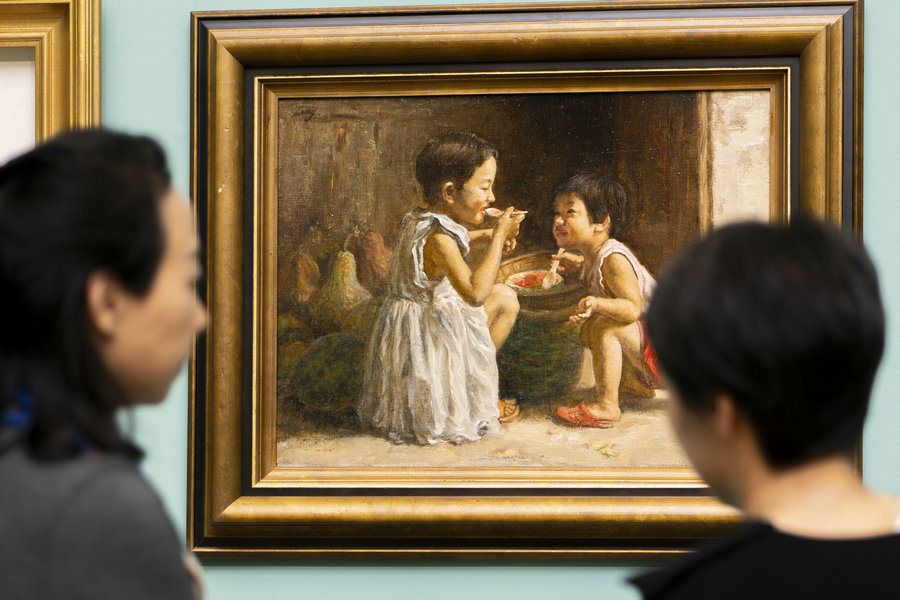
 Fang Xiangming’s works show landscapes and people in his hometown in Zhejiang province. [Photo provided to China Daily]
Fang Xiangming’s works show landscapes and people in his hometown in Zhejiang province. [Photo provided to China Daily] 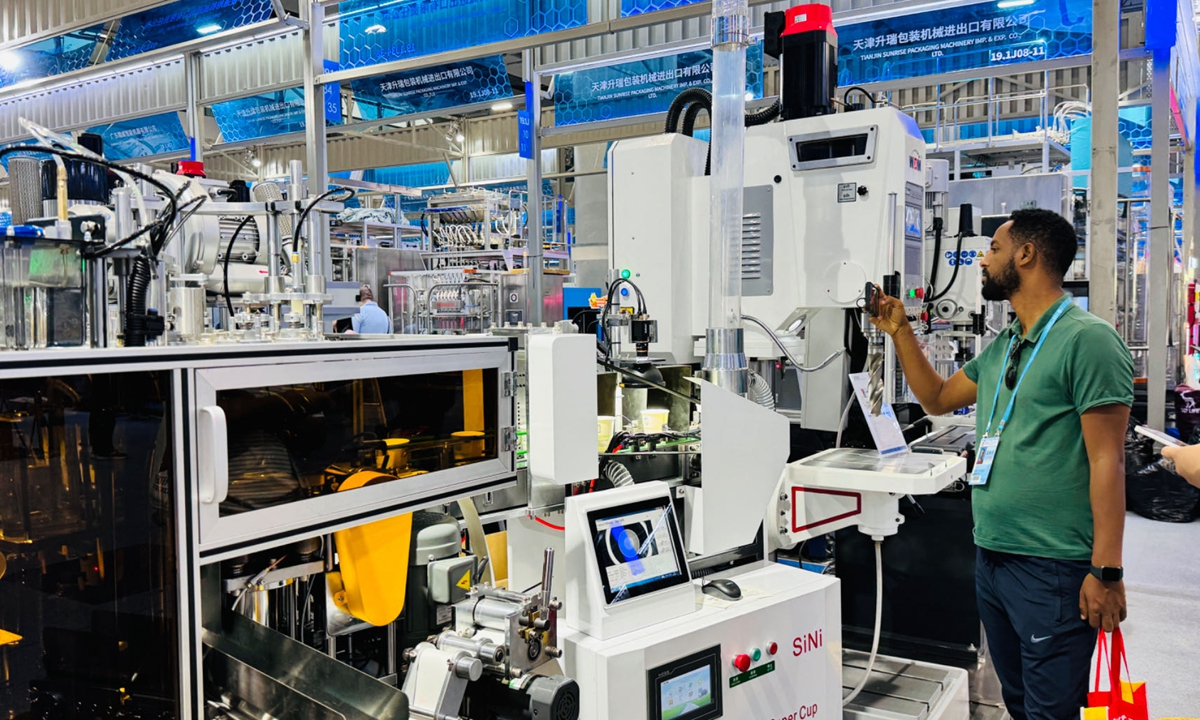
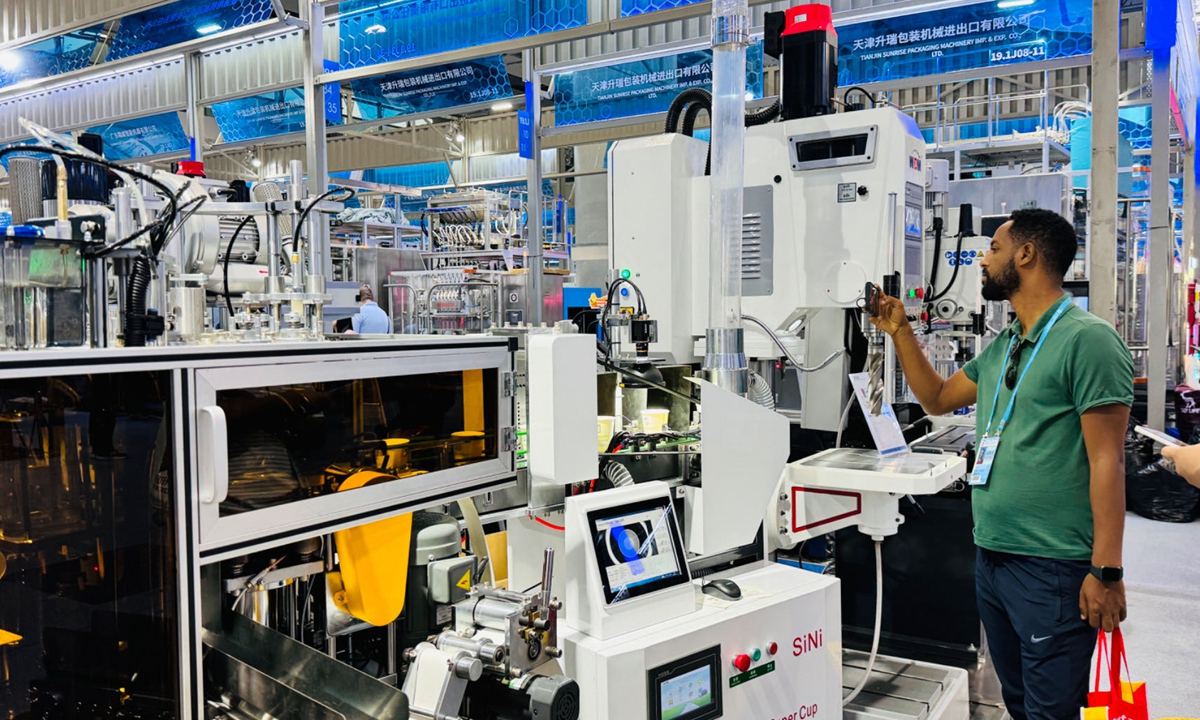
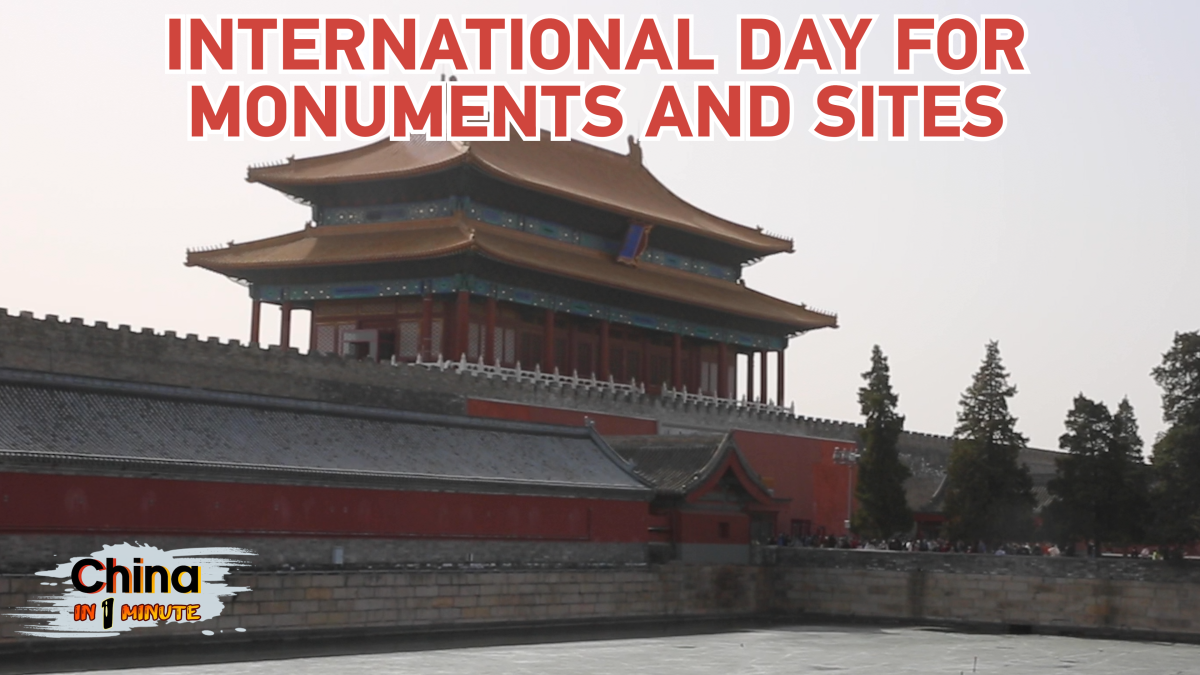
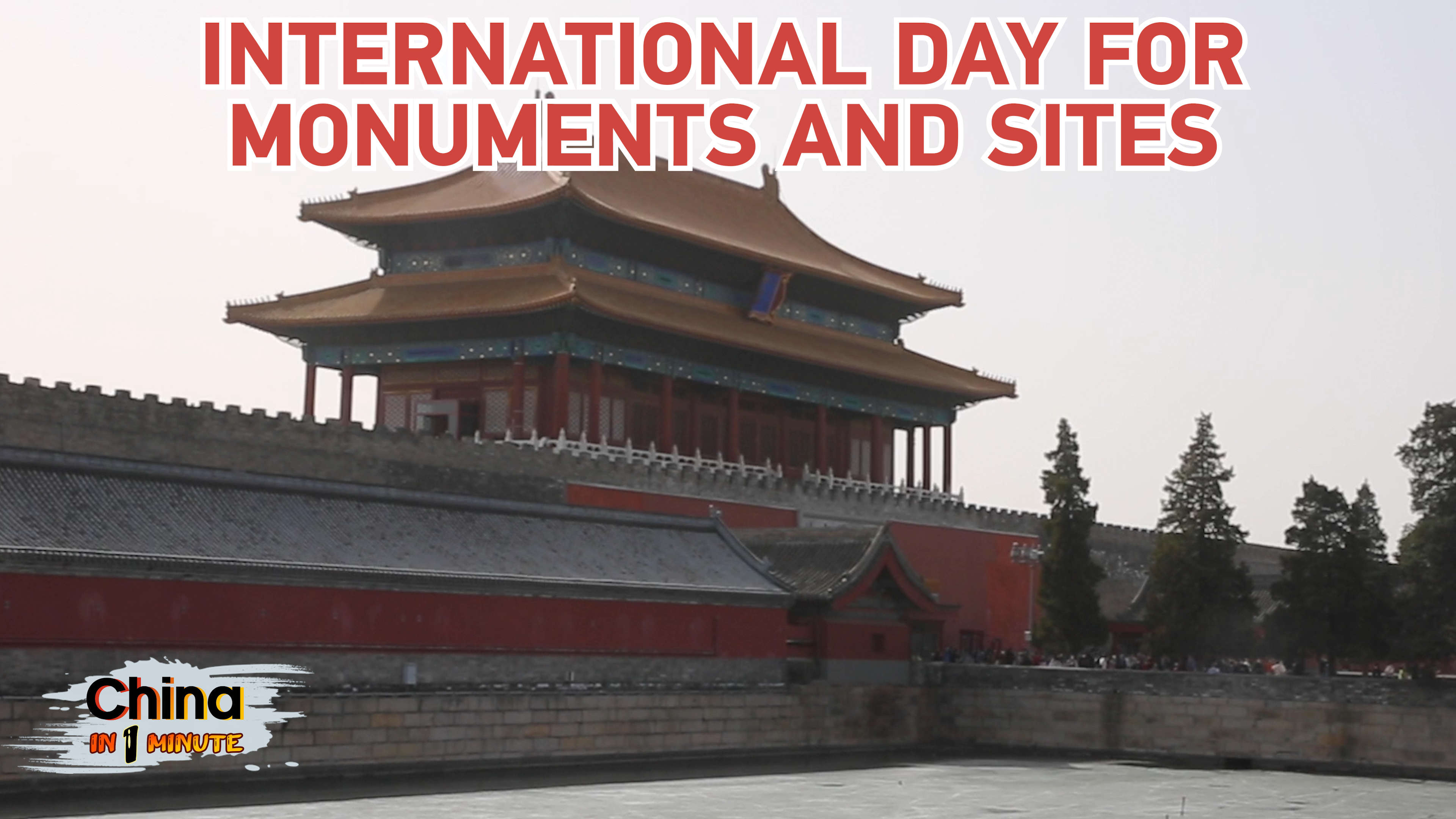
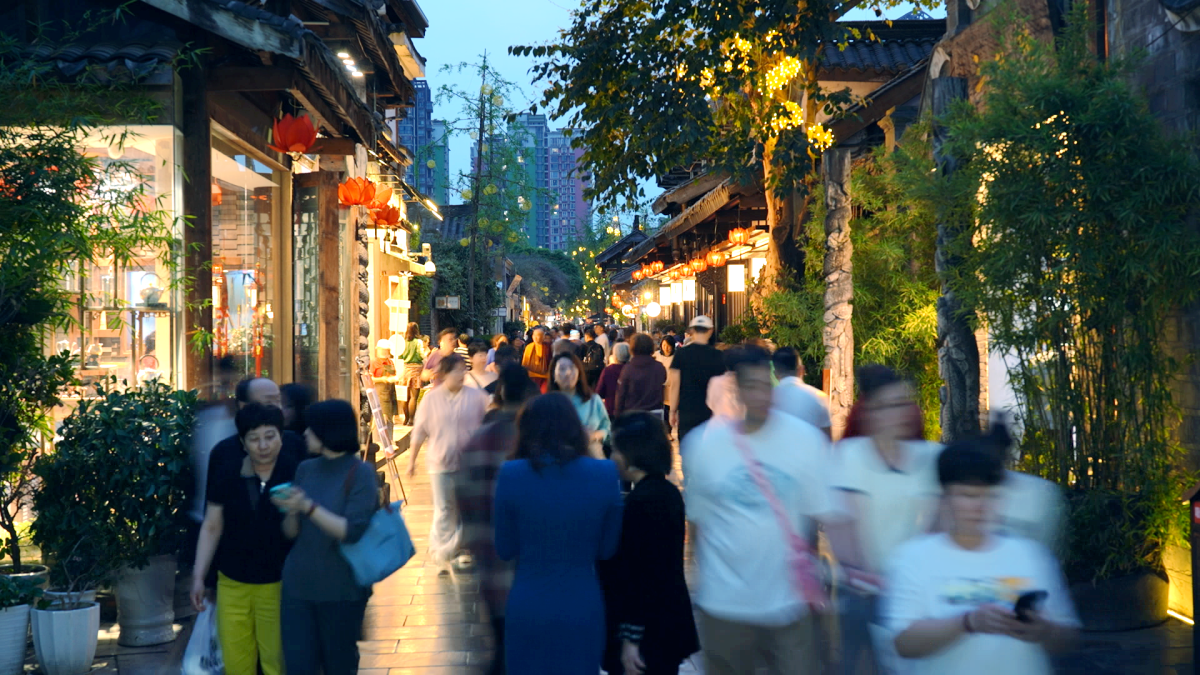
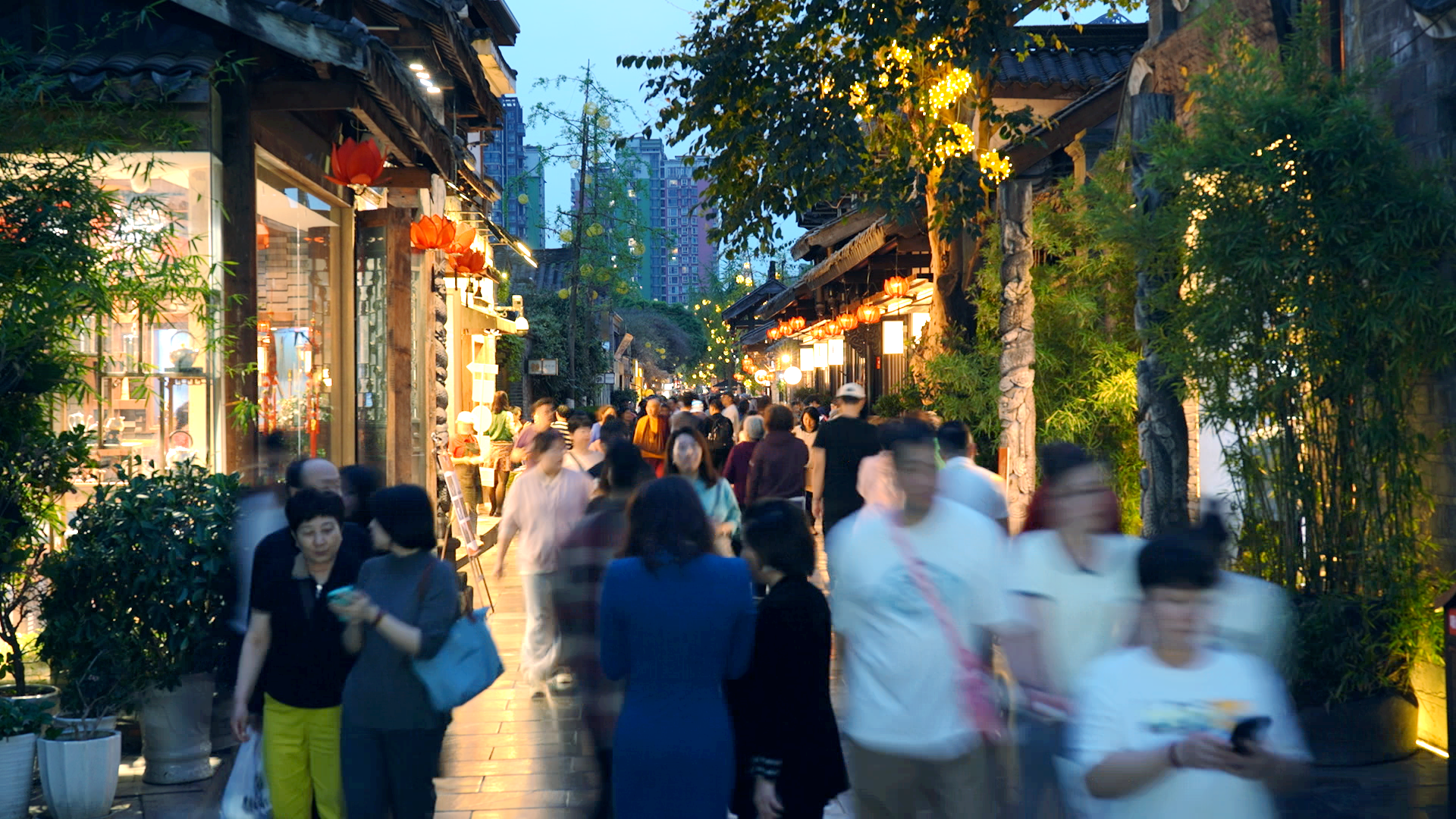
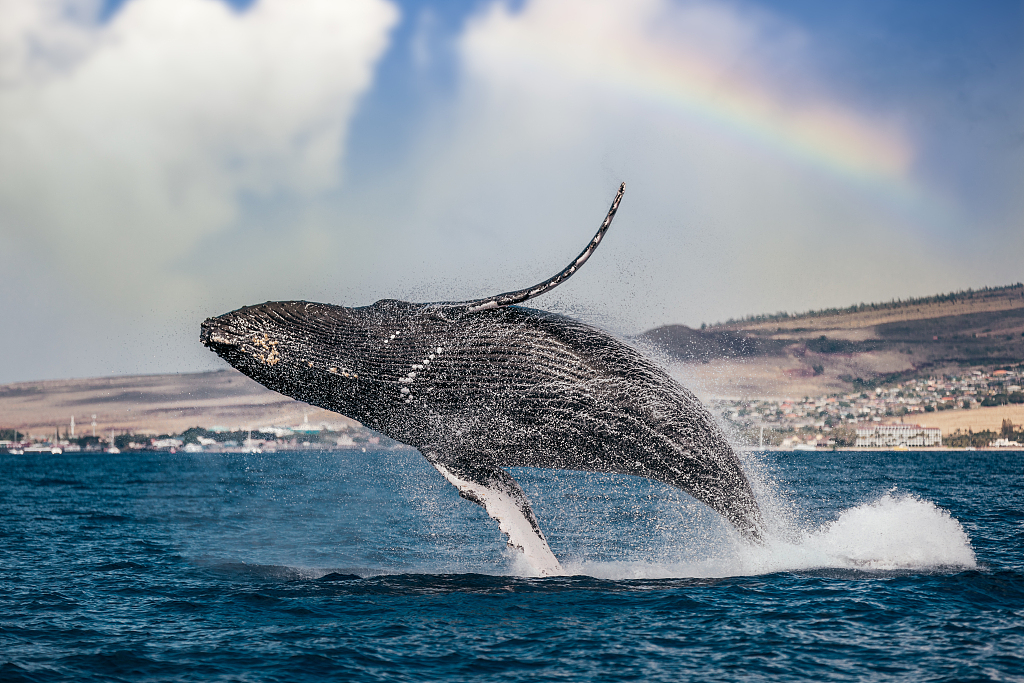
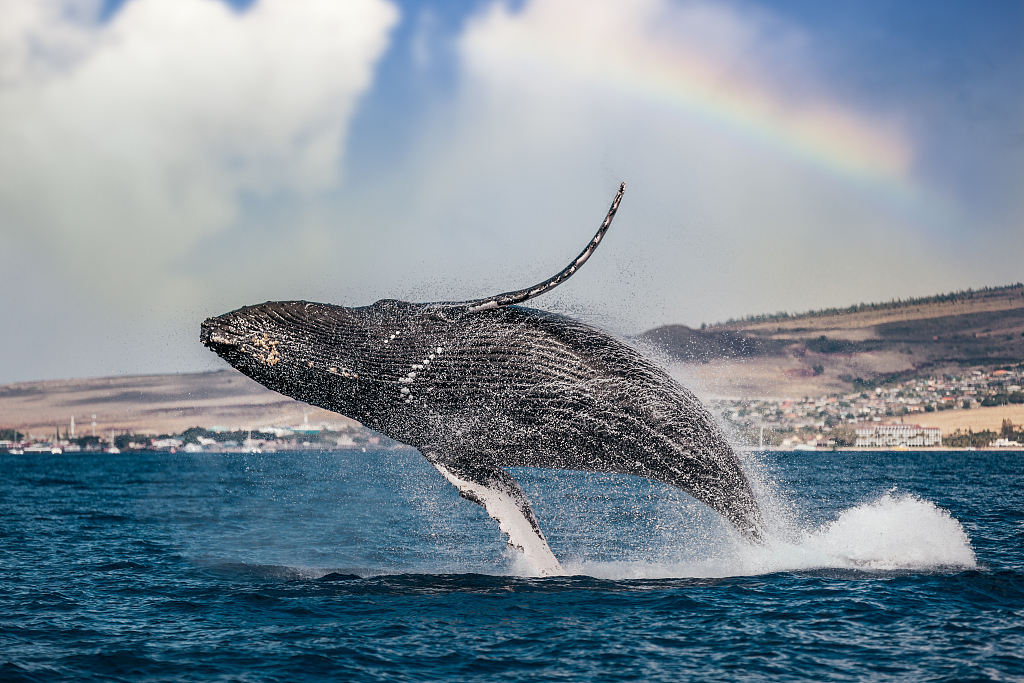 A humpback whale. /CFP
A humpback whale. /CFP 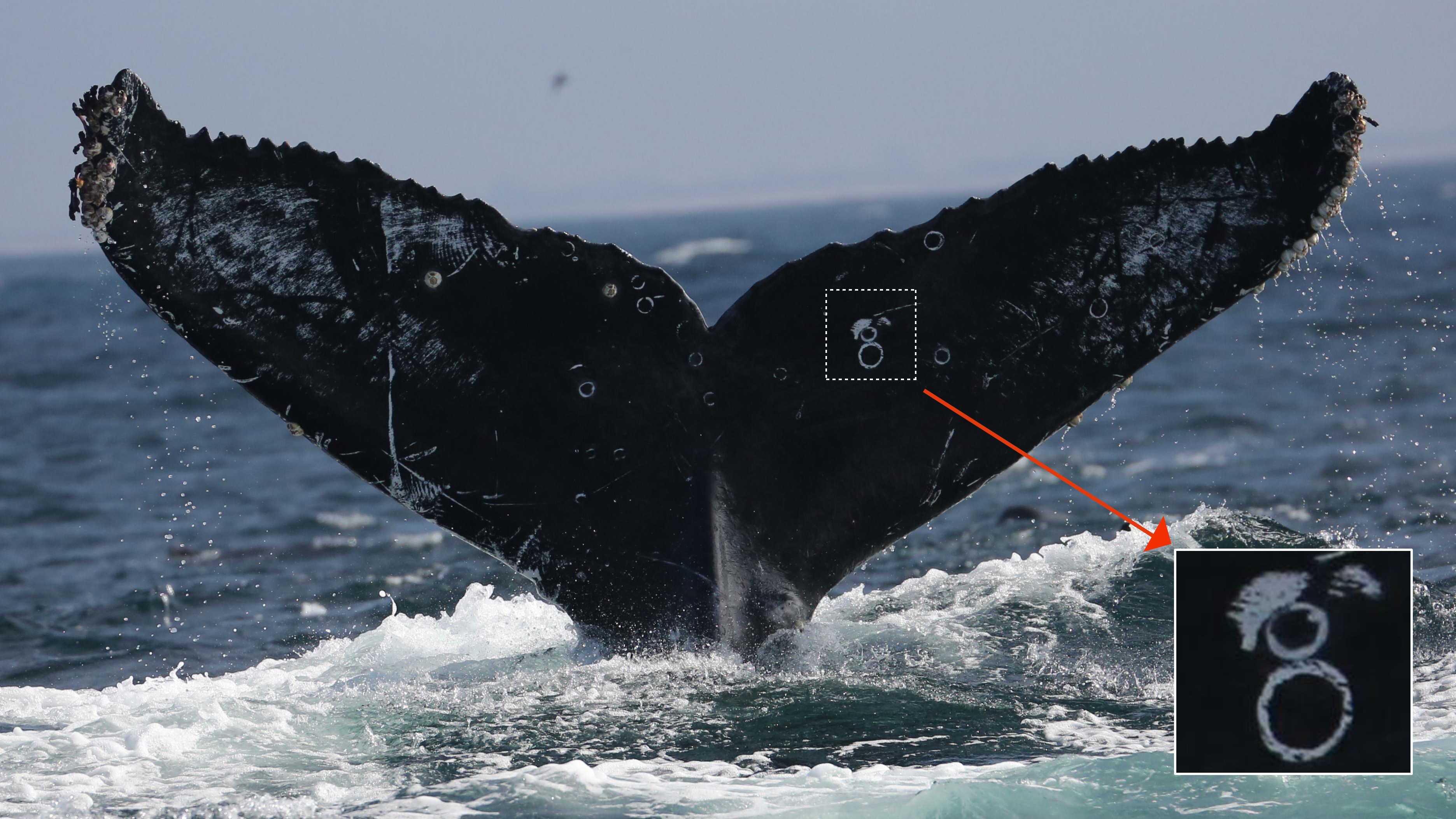 Frosty, a humpback whale known from the west coast of the United States and Mexico. Humpback whale tails display unique pattern and shape allowing researchers to use AI image recognition to track thousands of whales. /Ted Cheeseman
Frosty, a humpback whale known from the west coast of the United States and Mexico. Humpback whale tails display unique pattern and shape allowing researchers to use AI image recognition to track thousands of whales. /Ted Cheeseman  Whale researcher Ted Cheeseman shows a picture of humpback whale named Frosty during an interview with CGTN. /CGTN
Whale researcher Ted Cheeseman shows a picture of humpback whale named Frosty during an interview with CGTN. /CGTN  Illustration of a humpback whale tail. /CGTN
Illustration of a humpback whale tail. /CGTN  A photo composite showing an uploaded picture of a humpback whale named Frosty on the left and a match result found on Happywhale.com on the right. /Ted Cheeseman
A photo composite showing an uploaded picture of a humpback whale named Frosty on the left and a match result found on Happywhale.com on the right. /Ted Cheeseman 
 Yuanmingyuan, Beijing. [Photo/VCG]
Yuanmingyuan, Beijing. [Photo/VCG]